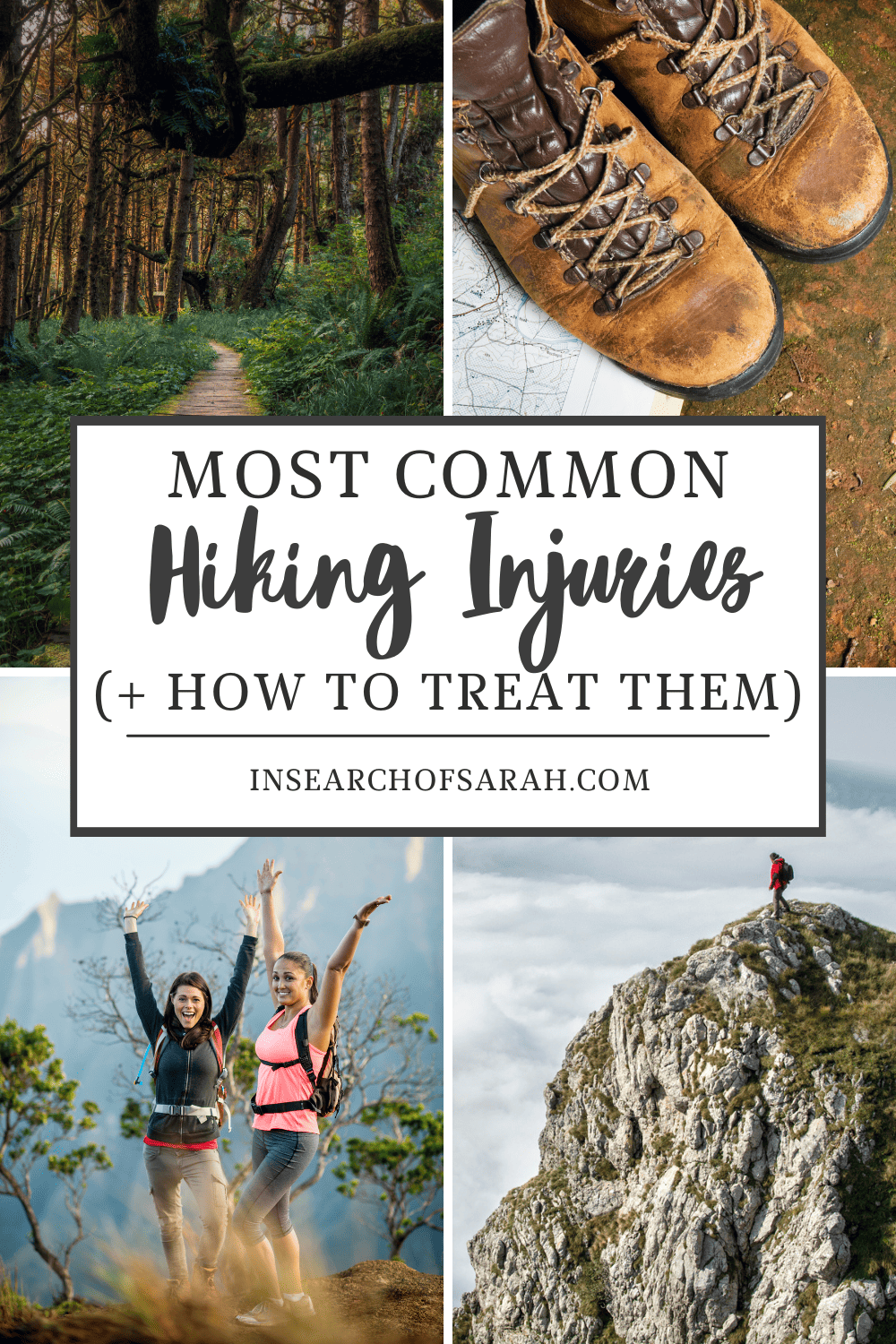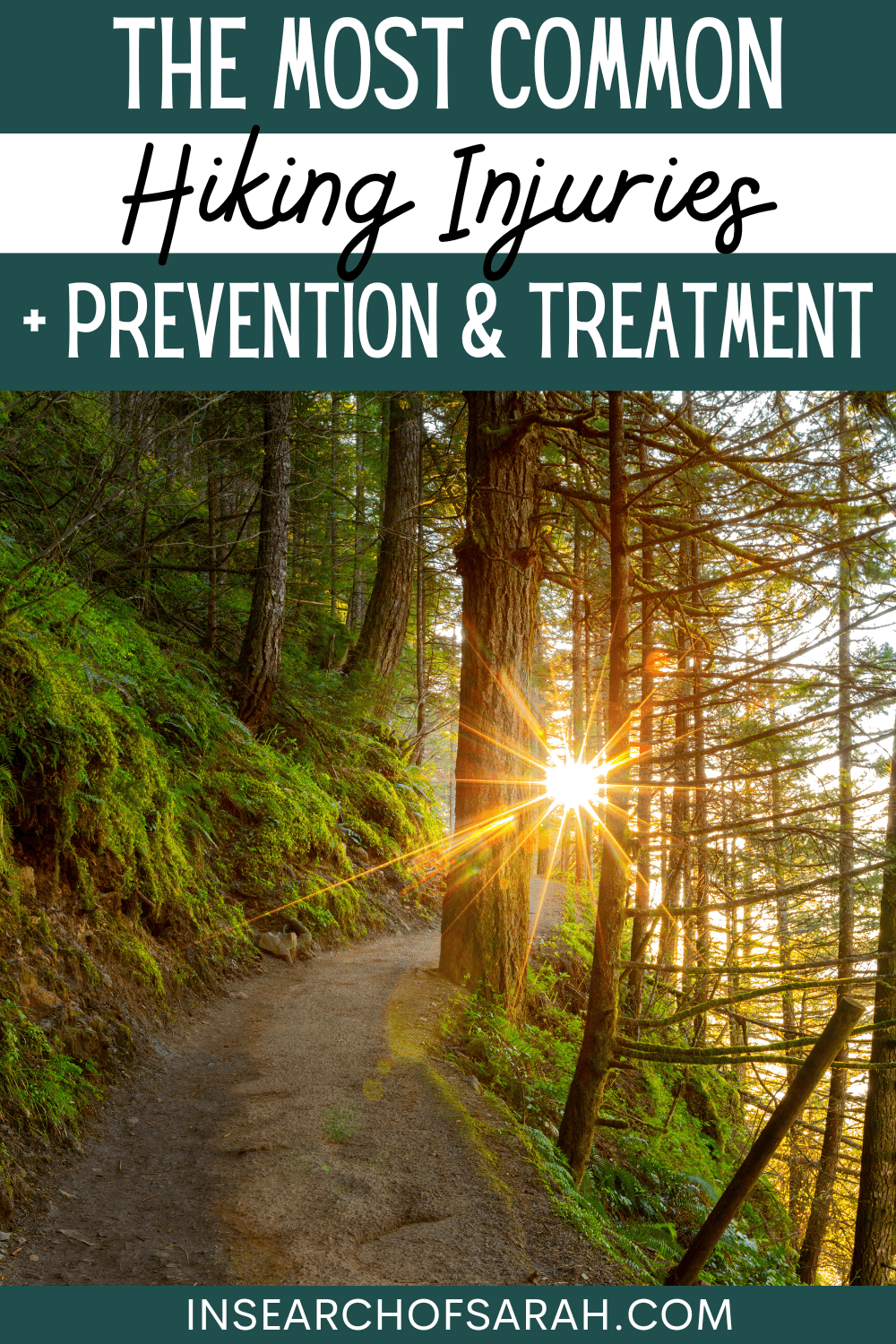Hiking is a great outdoor activity that allows you to connect with nature, stay physically active, and enjoy stunning landscapes. However, it’s important to be aware of the most common hiking injuries that can occur while hiking and know how to properly administer first aid if they do.
Become familiar with these tips to prevent injuries while hiking, and learn how to treat them if they occur.
Here are four of the most common hiking injuries as well as how to prevent and treat them!
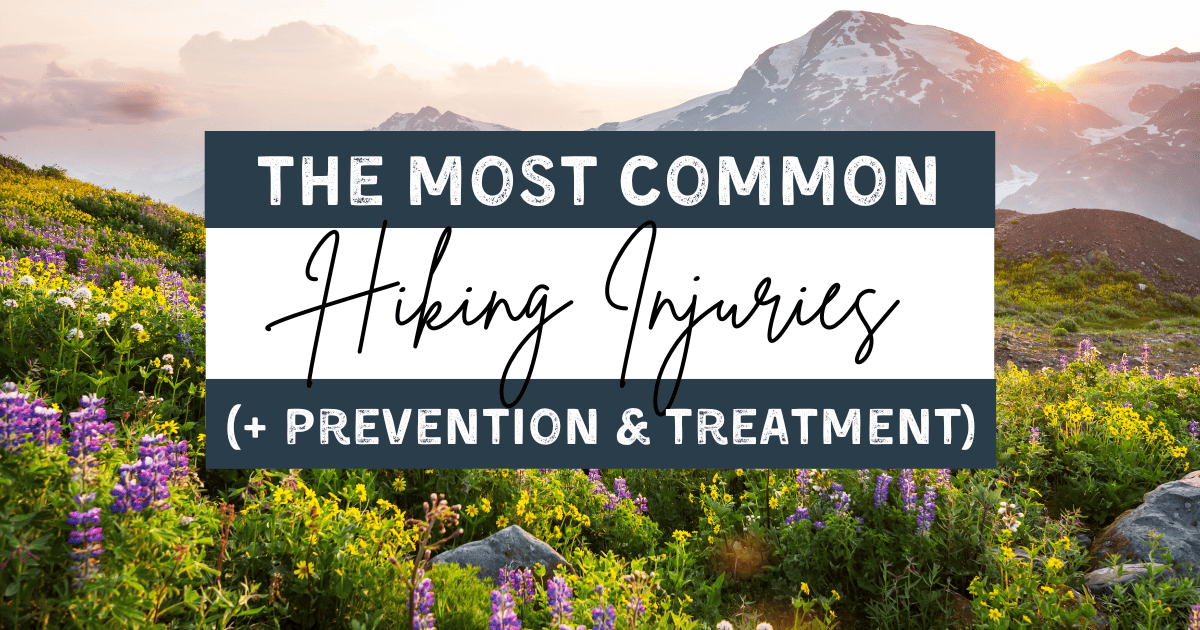
This post contains affiliate links which means I earn compensation when you click on the links at absolutely no extra cost to you! Feel free to read my disclosure policy. Thank you for supporting my blog!
Plan your next vacation using these tools!
✈️ Book flights: Expedia & SkyScanner
🏨 Book hotels: Booking.com & Expedia
🚘Book car rentals: RentalCars.com
🎫Book tours: GetYourGuide & Viator
🩹 DIY Travel Medical Kit
💸 20 Cheap Travel Items Under $20
Blisters: Most Common Hiking Injuries
Blisters are small painful sores caused by friction and can quickly turn an otherwise perfect hike into an overwhelmingly painful one. The best medicine is to prevent them, but when blisters are inevitable, there are tips to keep them from getting worse or infected.
Prevention
First things first, comfortable-fitting hiking shoes or boots and high-quality socks can prevent them from forming in the first place. Because blisters are usually caused by your shoes rubbing on your skin, it’s important to invest in a thicker sock that creates a barrier between your skin and your shoe.
If you feel a tender hot spot while hiking, that usually signals a blister is beginning to form. Tend to hotspots immediately by covering the area with a moleskin pad or athletic tape.
First Aid
If you do happen to get a blister, clean the affected area with soap and water or disinfectant wipes or spray. Using a sterilized needle, you can gently pop the blister, soaking up the fluid with gauze. Once dry, apply an antiseptic ointment over the blister with a sterile adhesive bandage or moleskin pad to prevent further friction.
Related: How to Identify Poison Ivy + Treatment Tips

Sunburns
Sunburns can be incredibly painful and unfortunately are a common ailment you’re likely to experience while hiking in exposed areas. Hiking at high altitudes also exposes you to stronger UV rays putting you at risk of sunburns more easily. However, with proper clothing and gear, you can easily prevent them from occurring.
Prevention
The best way to prevent a sunburn is by protecting your skin in the first place. Wearing loose-fitting long-sleeve clothing, a wide-brimmed hat, and UV-protectant sunglasses will protect your skin from harmful UV rays.
You should also wear sunscreen with SPF 30 or higher everywhere your skin is exposed and remember to apply at least every two hours. Zinc-based sunscreens are best as they stay on better during high-intensity sports.
You may also want to avoid hiking during the hottest part of the day and try to hike in the early morning or late afternoon to limit high sun exposure.
First Aid
If you do happen to get a sunburn, get out of the sun and move to a shaded area to prevent further sun exposure. Drink plenty of water to stay hydrated and cool the body down.
Apply a cold, damp cloth, a cooling towel, or take a cool shower to relieve heat and pain. Once dry apply aloe vera gel or a soothing moisturizer to hydrate the burned skin.
Related: Best Solo Hiking Tips for All Skill Levels
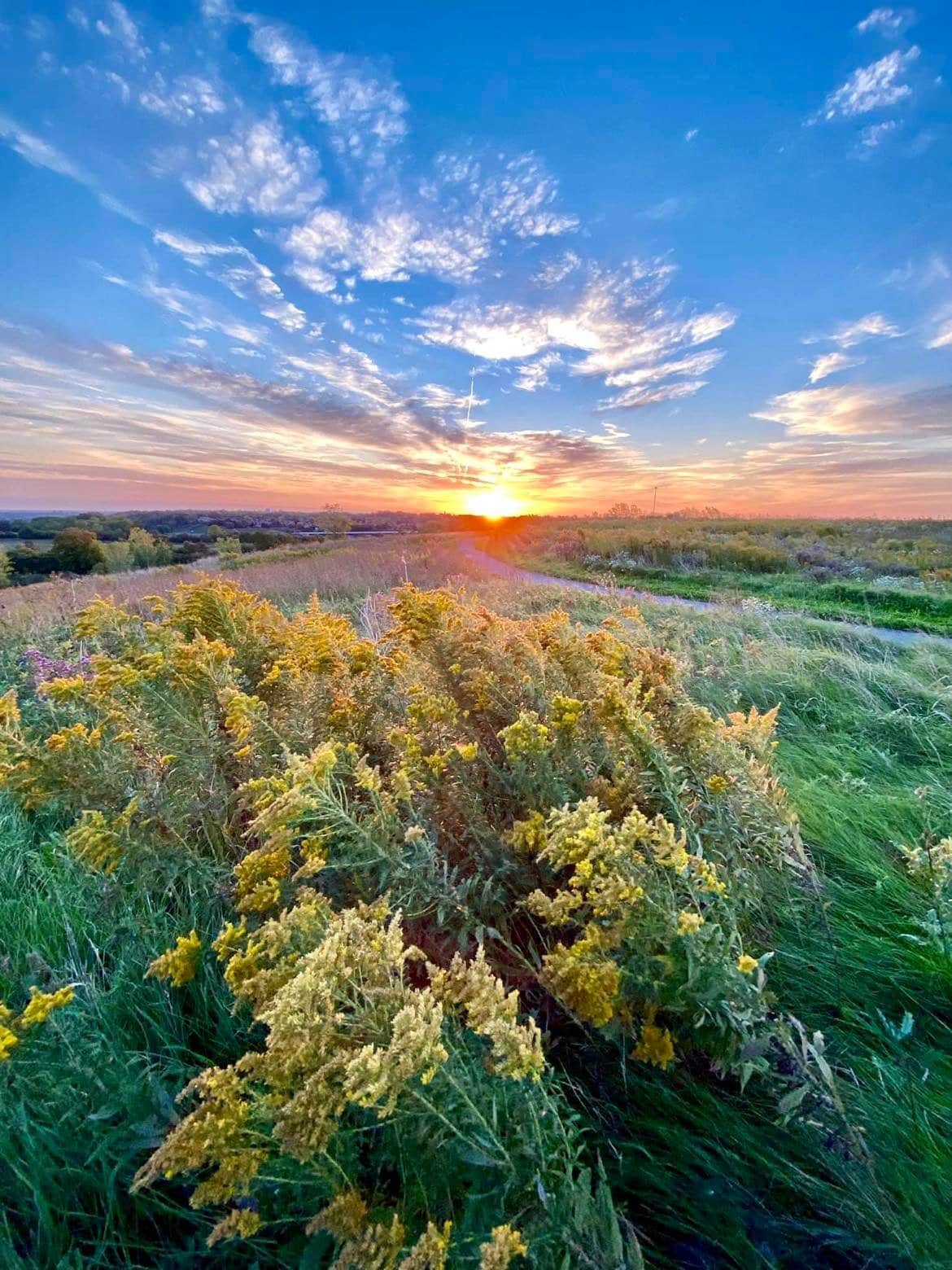
Dehydration: Most Preventable Hiking Injuries
Dehydration can be common during hikes and occurs when you lose more fluids than you take in, and your body doesn’t have enough to carry out its normal functions.
Strenuous activity, high temperatures, and sweating while hiking can make you become dehydrated more easily. However, the good news is that dehydration can be prevented.
Prevention
Drink plenty of water and not just when you’re thirsty. Thirst is often a sign you’ve already become dehydrated. Take frequent water breaks throughout your hike to retain fluids and stay hydrated.
You can also prehydrate before your hike by drinking more water than you normally would in the days leading up to a big hike. It’s also a good idea to avoid drinking caffeine or alcohol the day of your hike as these beverages can make you more dehydrated.
First Aid
Signs of dehydration include fatigue, headache, feeling dizzy, dry mouth, and dark urine. If you feel you’ve become dehydrated during your hike, move to a shaded area to rest and drink plenty of water.
Sports drinks or oral rehydration sachets like portable electrolytes are great to have with you as they help replace salt and other essential minerals necessary for your body to function properly.
Related: Essential Hiking Gear for Beginners
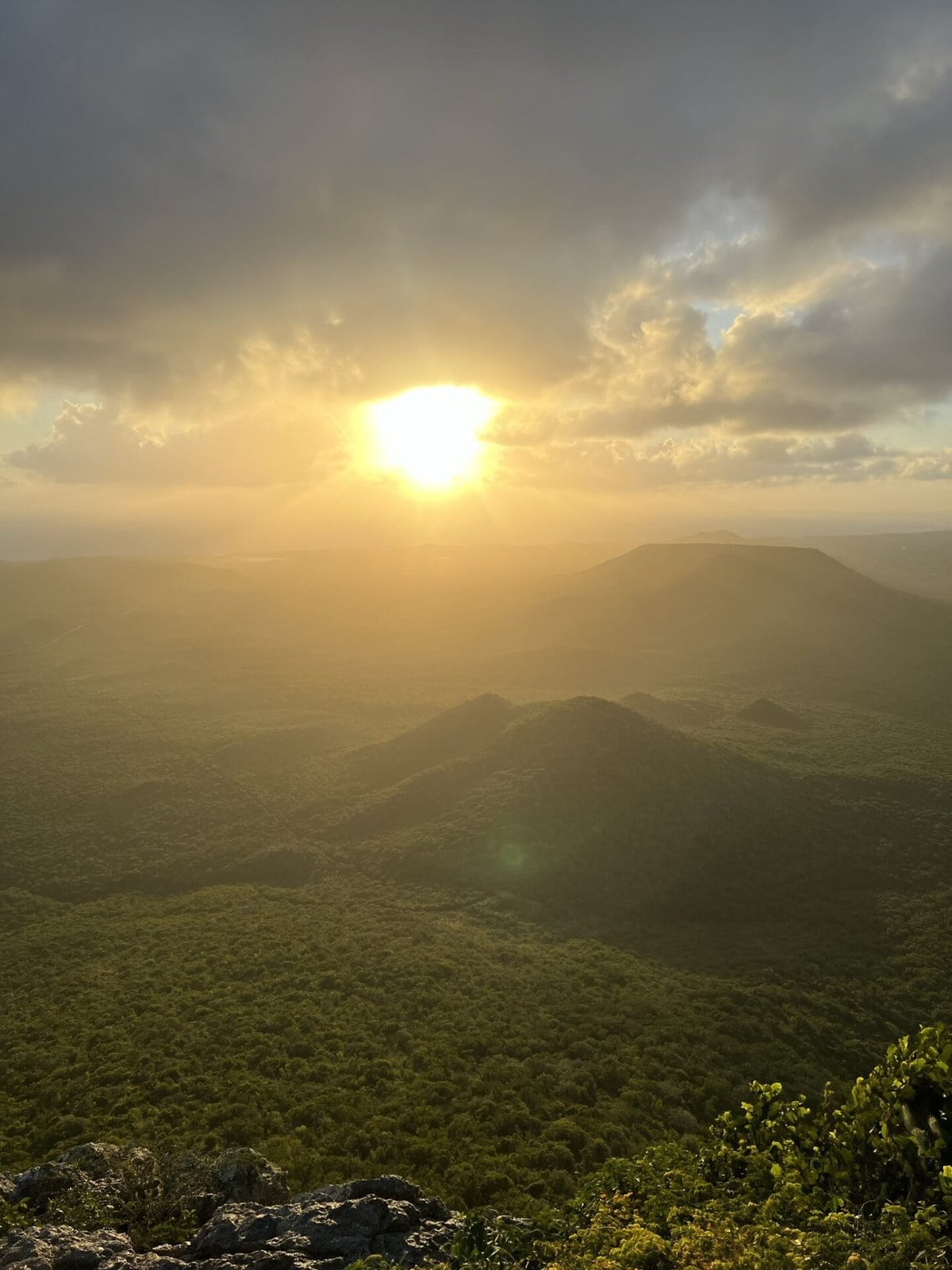
Strains and Sprains
Strains and sprains are another common injury that can occur while hiking that can cause a restricted range of motion as well as pain and swelling and can quickly put an end to a fun day out in the wilderness.
Loose ground, slippery surfaces, and rough or steep terrain can cause you to lose your footing and become injured.
Prevention
While you can’t always prevent strains or sprains from occurring, there are some things you can do to exercise caution while hiking and be more careful.
Performing light exercises and stretches before a hike helps warm up muscles and joints, preparing them for your hike. It’s also important to wear sturdy, well-fitting hiking shoes, use trekking poles, and be aware of your footing while descending down steep terrain.
First Aid
For strains and sprains, the most important thing is to reduce swelling. Soak the injury in cool water, apply an instant cold pack, or pack it with snow if you’re in a cooler climate. Then wrap the injury in a bandage, elevate it above the heart, and rest the affected area as much as possible.
Related: Best Winter Hiking Tips: Your Guide to Hiking in the Snow
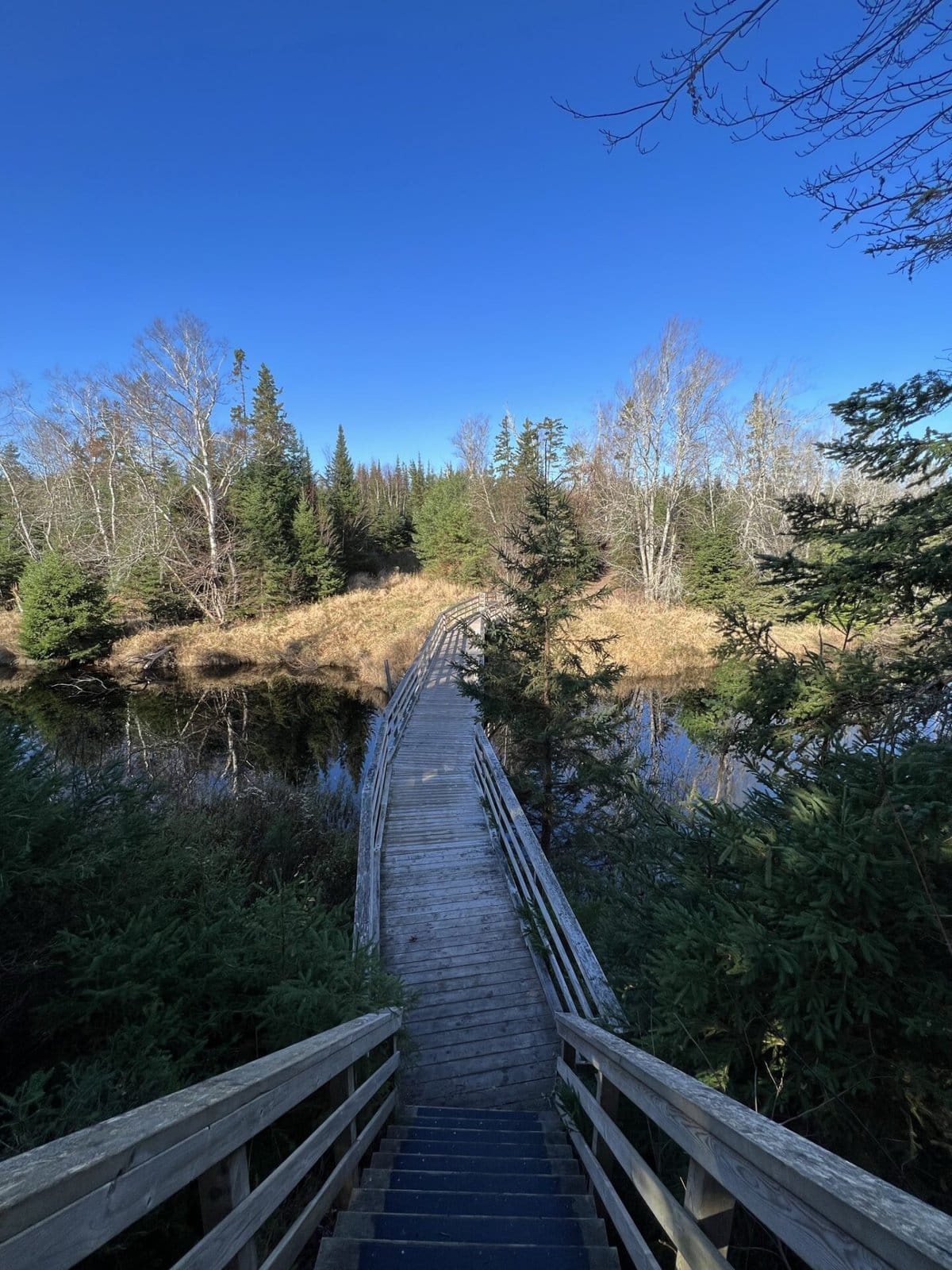
About the Author
Global Emergency Medics (GEM) was founded on the belief that the skills required to take charge in an emergency situation should be accessible to any individual, anywhere in the world. They provide the highest quality education and information necessary to be a leader in recognition, treatment, and prevention of wilderness emergencies.
Related Posts
- Epic Hiking Trails Around the World
- How to Prevent Tick Bites While Hiking
- Tent Styles: Different Types of Tents for Every Situation
- What to Pack in a DIY Travel Medical Kit
Pin it for later!
